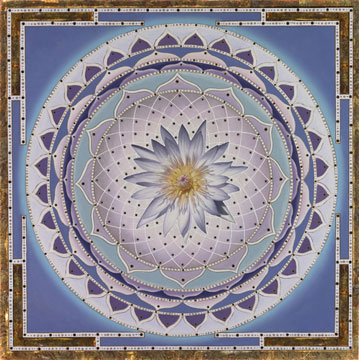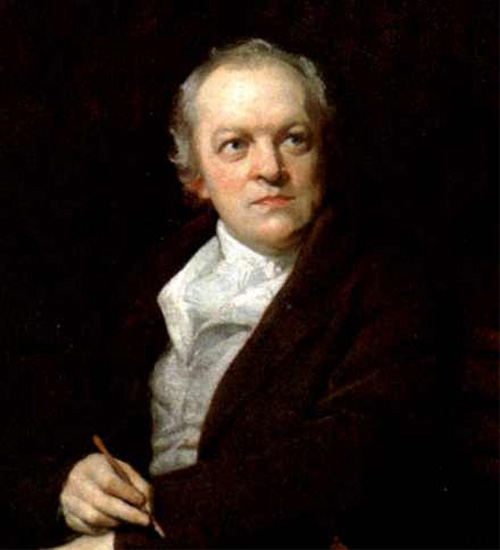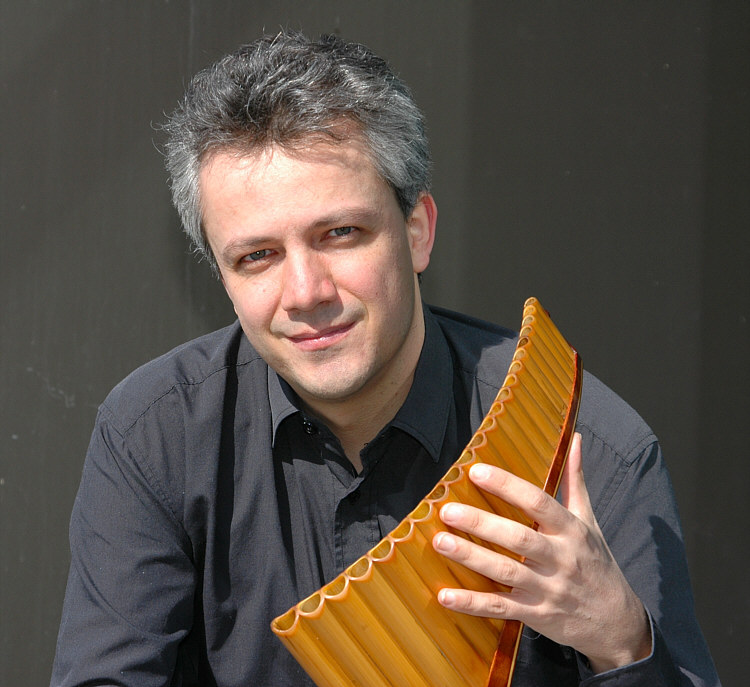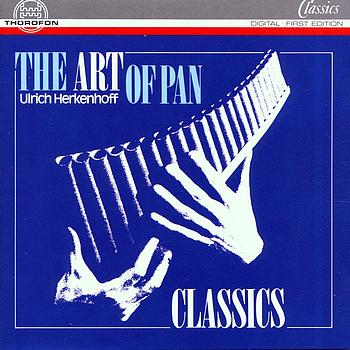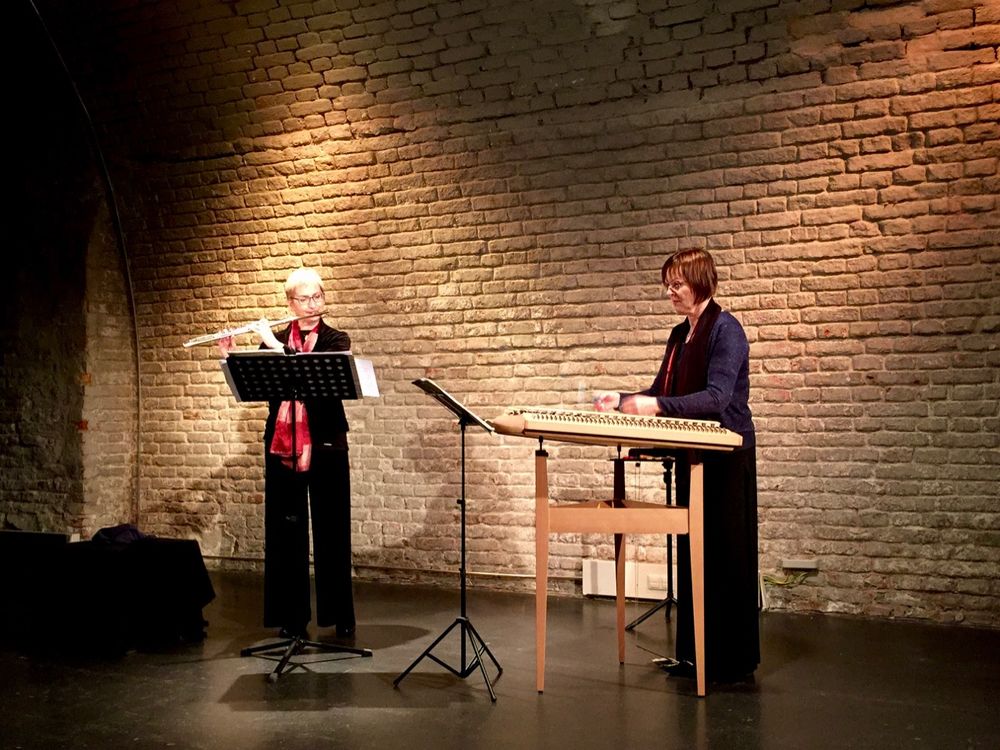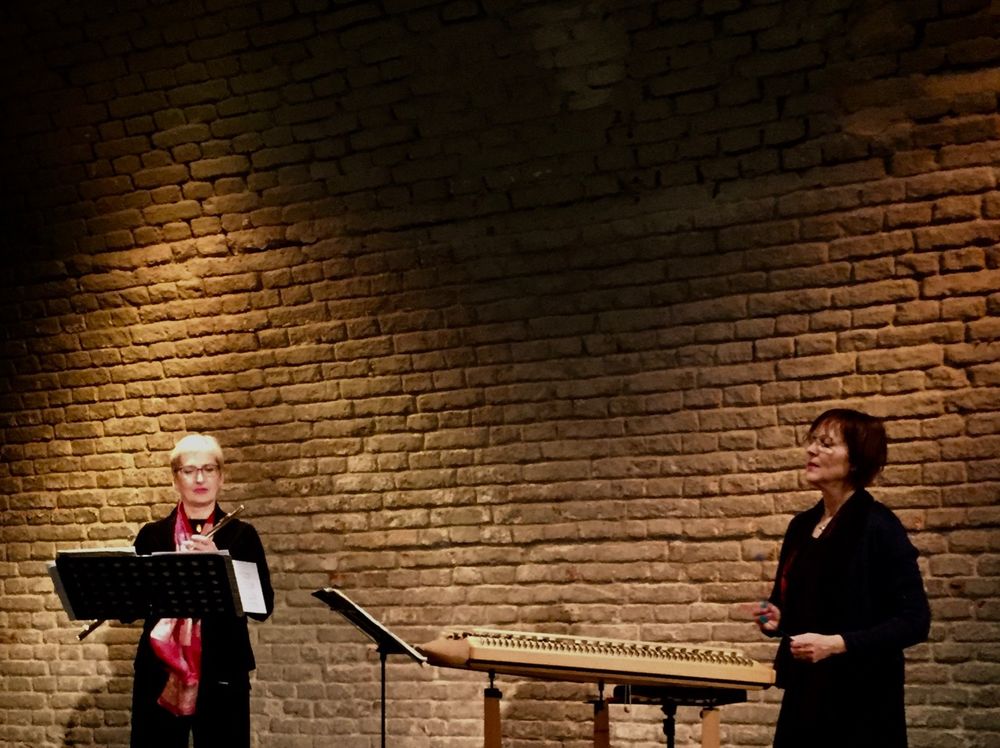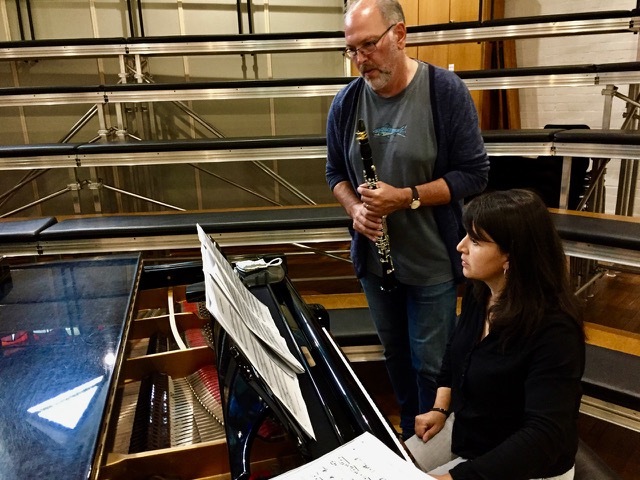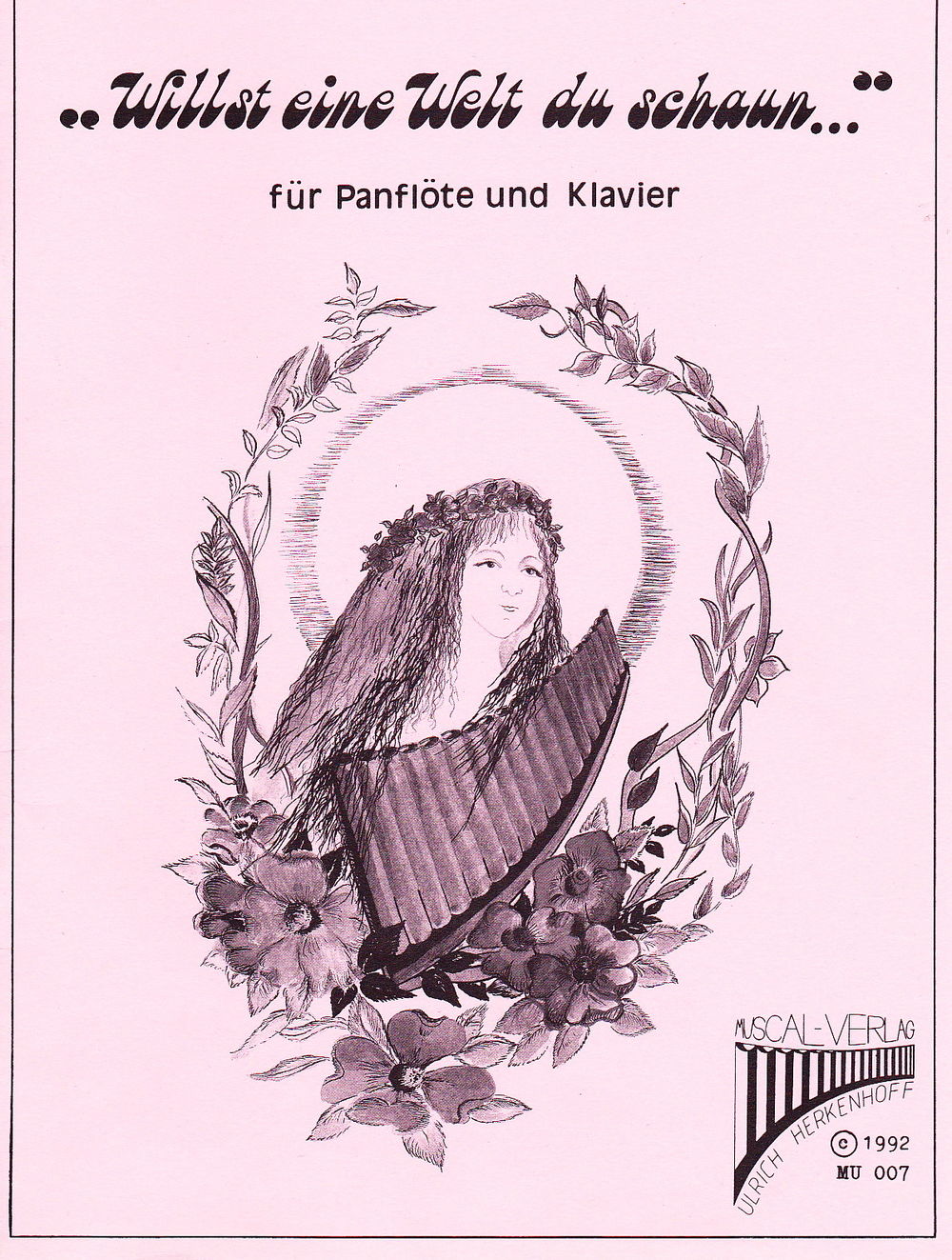
Category: Chamber Music
Movements: 1: Willst eine Welt du schaun...; 2: In einem Korn von Sand; 3: In einer wilden Blume einen Himmel sehn; 4: So fasse die Unendlichkeit in einer Hand; 5: Und lass in einer Stund die Ewigkeit vergehn
Duration: 14:10 (3:20, 3:10, 1:30, 2:45, 3:20)
Publisher of notes/sheet music: Muscal publishers , MU 007 Sheet music edition for pan pipes , 1992
Instrumentation: Pan pipes (clarinet, violin, viola) and piano (organ)
Solo instruments: Klarinette (B), Klavier, Orgel, Viola, Violine
Text/Lyrics by: William Blake
Introduction: Each movement is a 'Mandala' inspired by texts by William Blake (1757-1827): Mandala is an ornamental, mostly circular diagram in eastern Buddhist art or religion. It serves as an aid to meditation and symbolises healing and humanity as a whole with its ordered cyclic patterns. In analogy these pieces of music are circular and contain rhythmical patterns which are very simple but in strange way complicated (e.g., 5/4 beat or 11/8 beat or one in 4+3+2 partitioned 9/8 beats). Above all, these Mandalas are to be interpreted as follows: objectively and unyieldingly and, nevertheless, elasticly swinging! The end of the last movement should run out into the infinite (like a 'fade out' by a record production).
Dedication: Dedicated in friendship to Ulrich Herkenhoff and Matthias Keller
Additional remarks: The cast is variable. A melodic instrument (e.g. pan pipes, violin, viola, clarinet) can be accompanied by a piano or organ ( pedals ad libitum).
World premiere: 01.01.1992, Osnabrück
Performers at world premiere: Ulrich Herkenhoff (pan pipes), Matthias Keller (piano)
Records: Thorofon CTH2142, Title: The Art Ofr Pan, 1993
Performers on recording: Ulrich Herkenhoff (pan pipes), Matthias Keller (piano)
